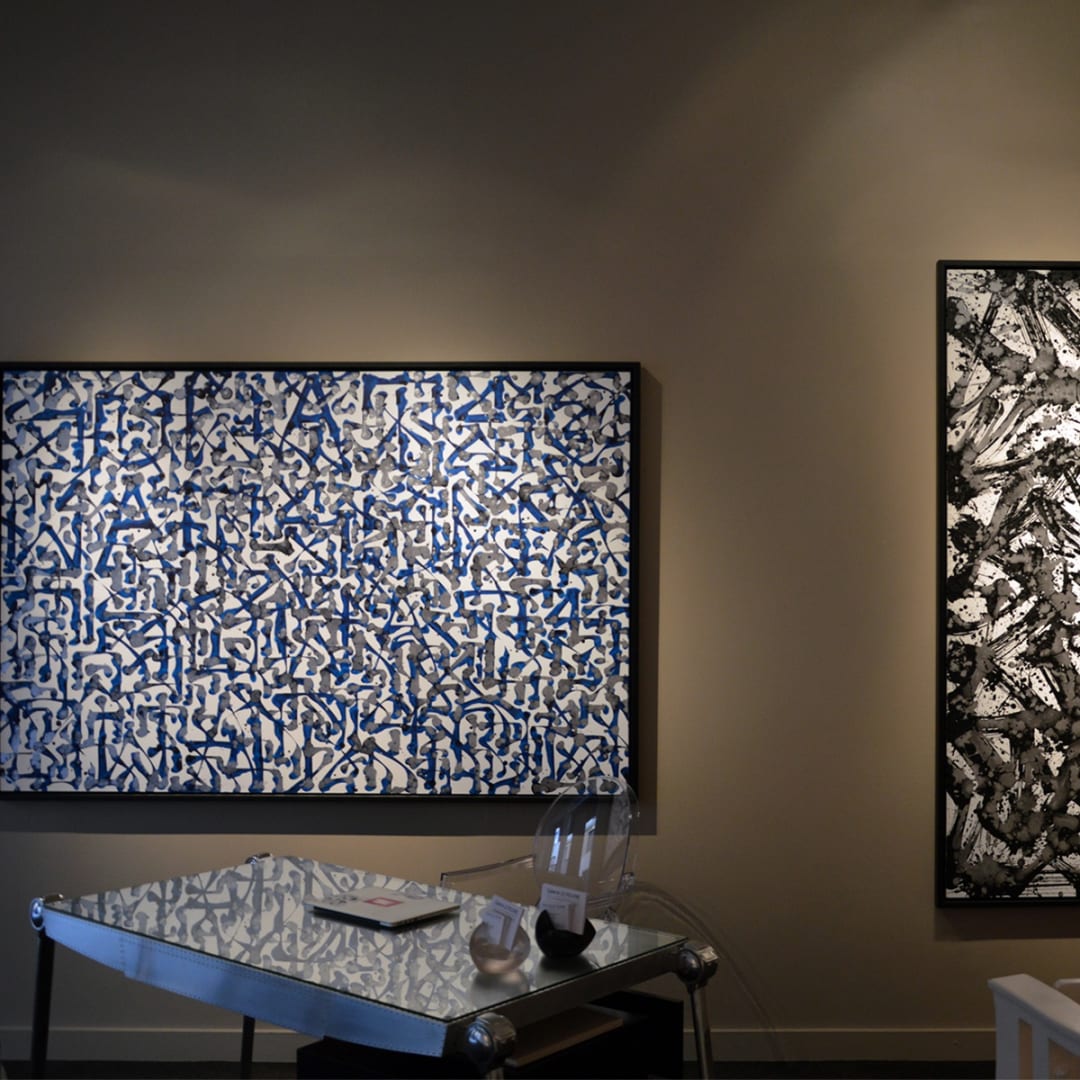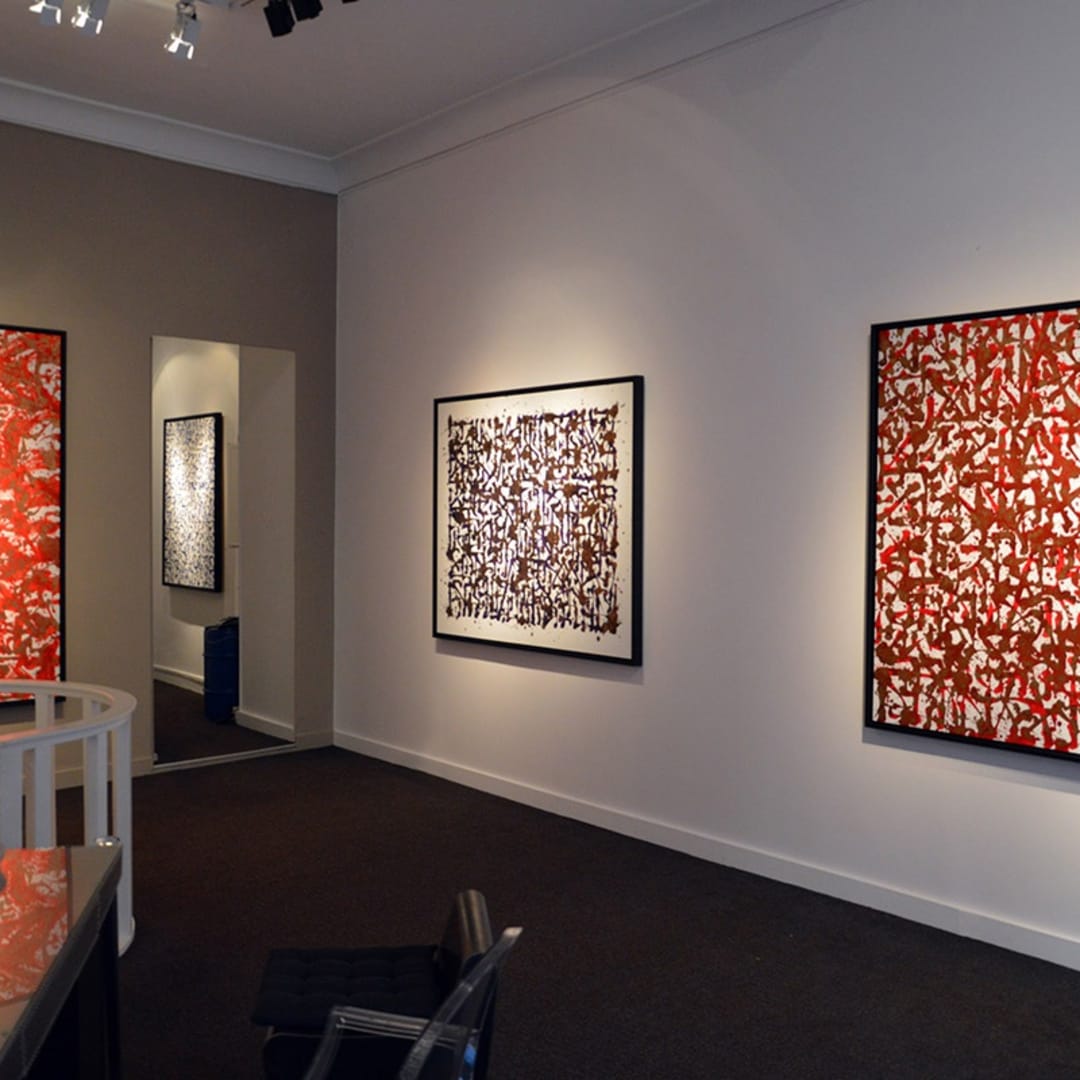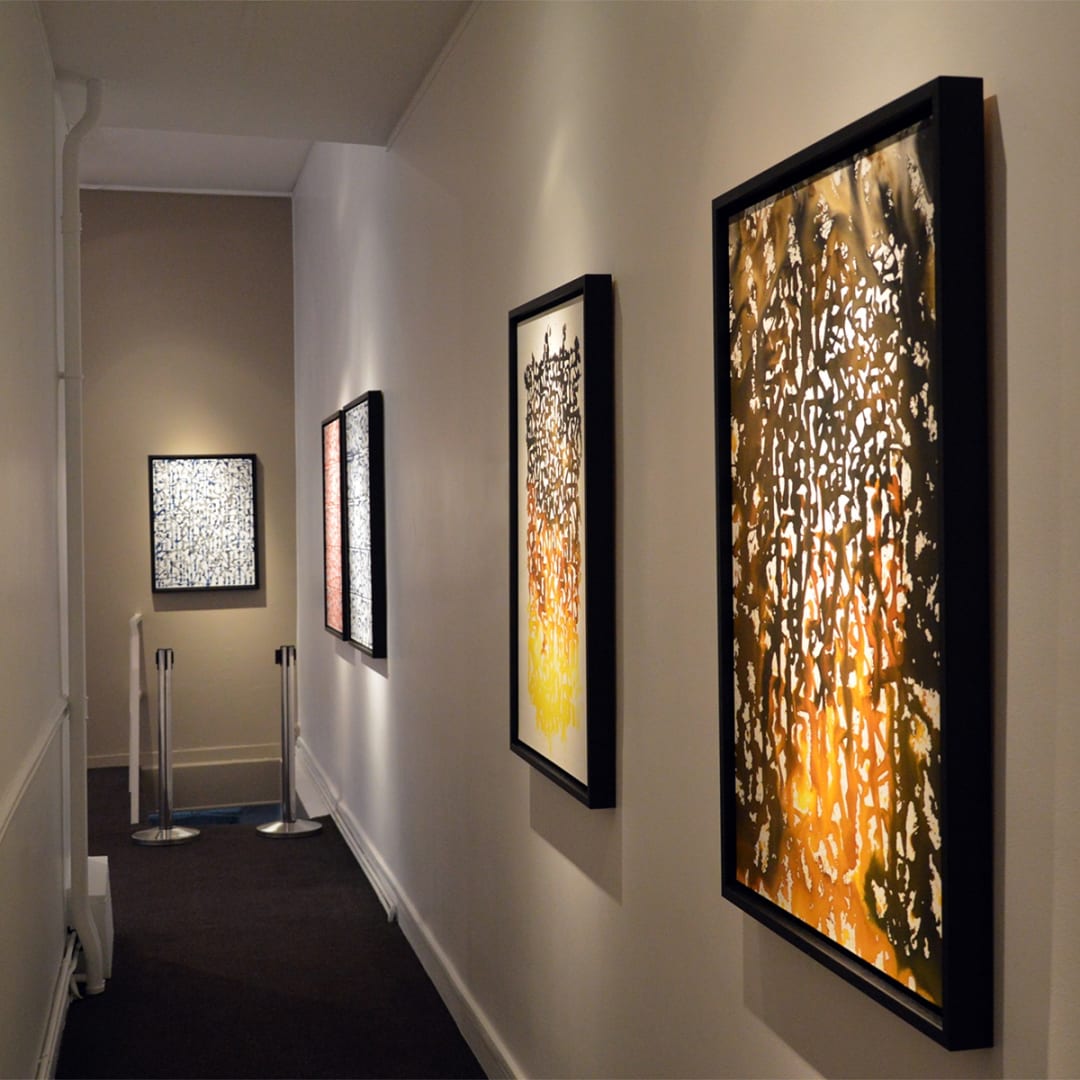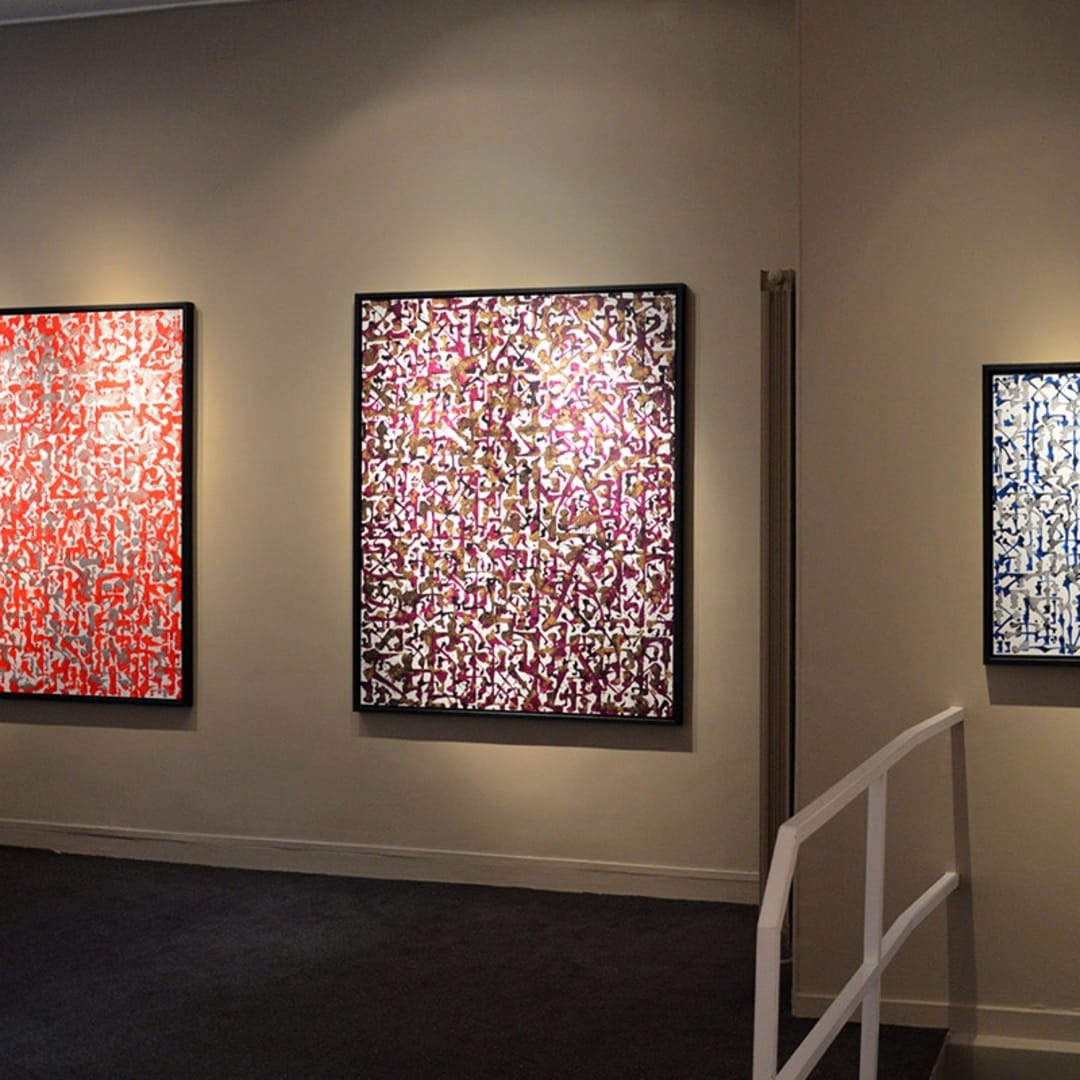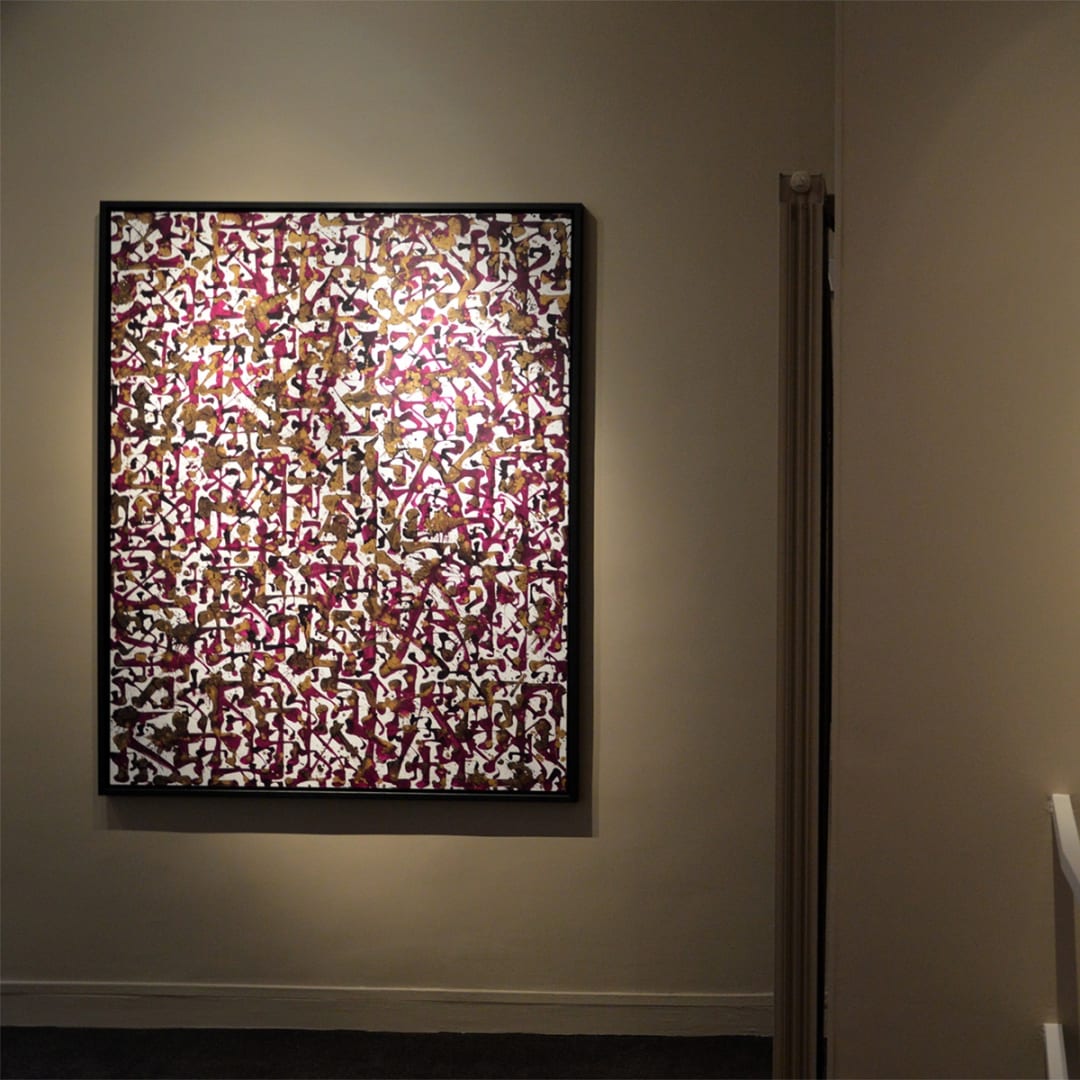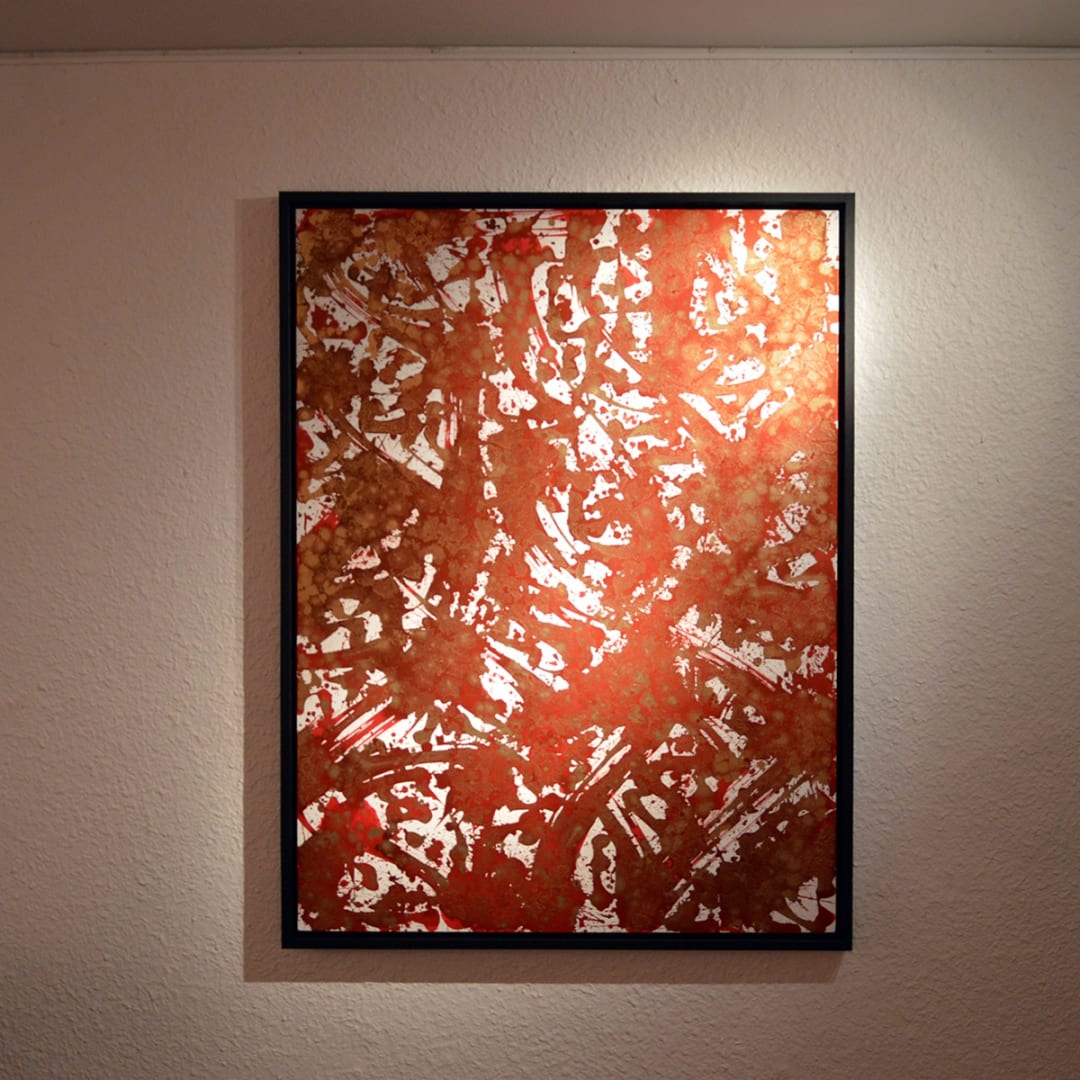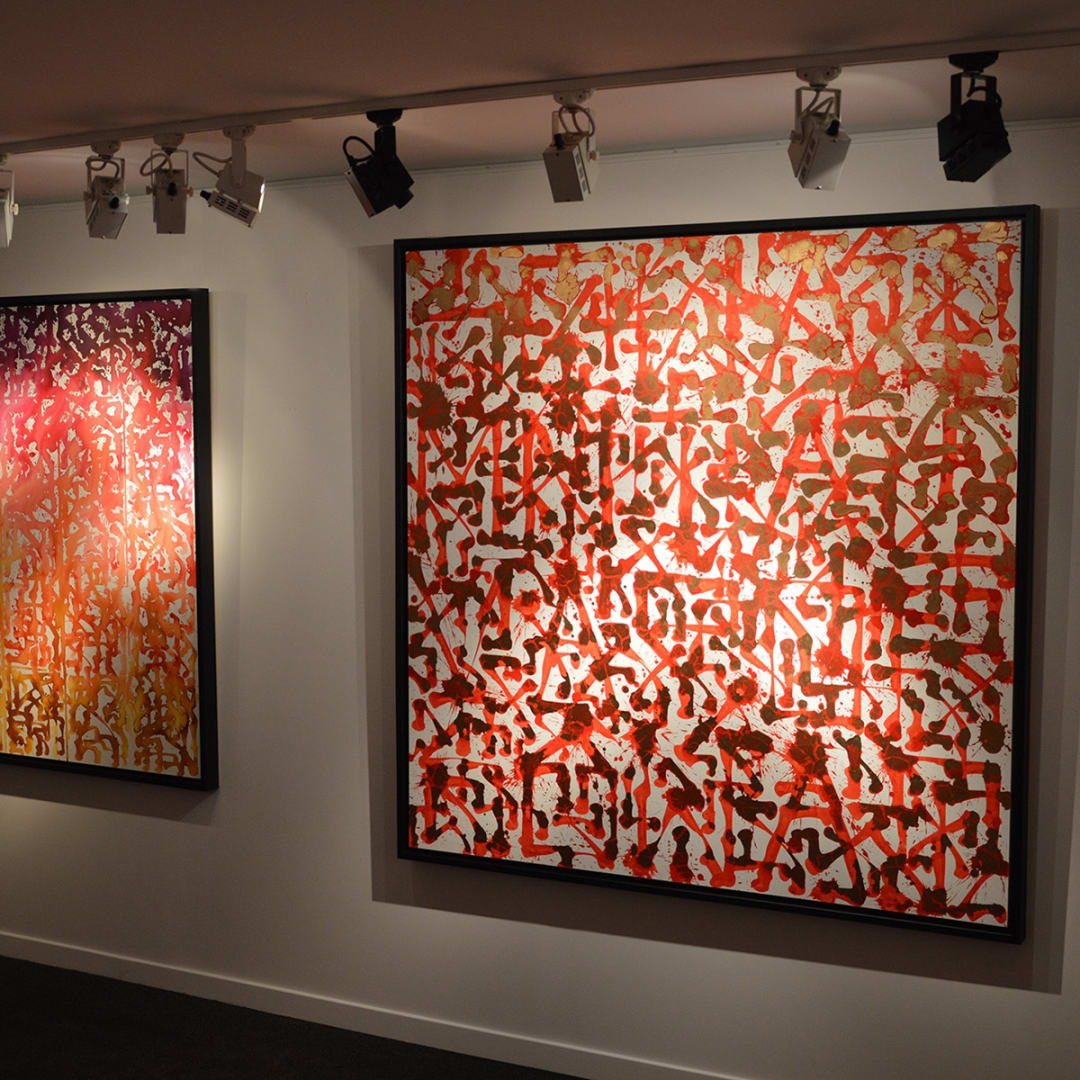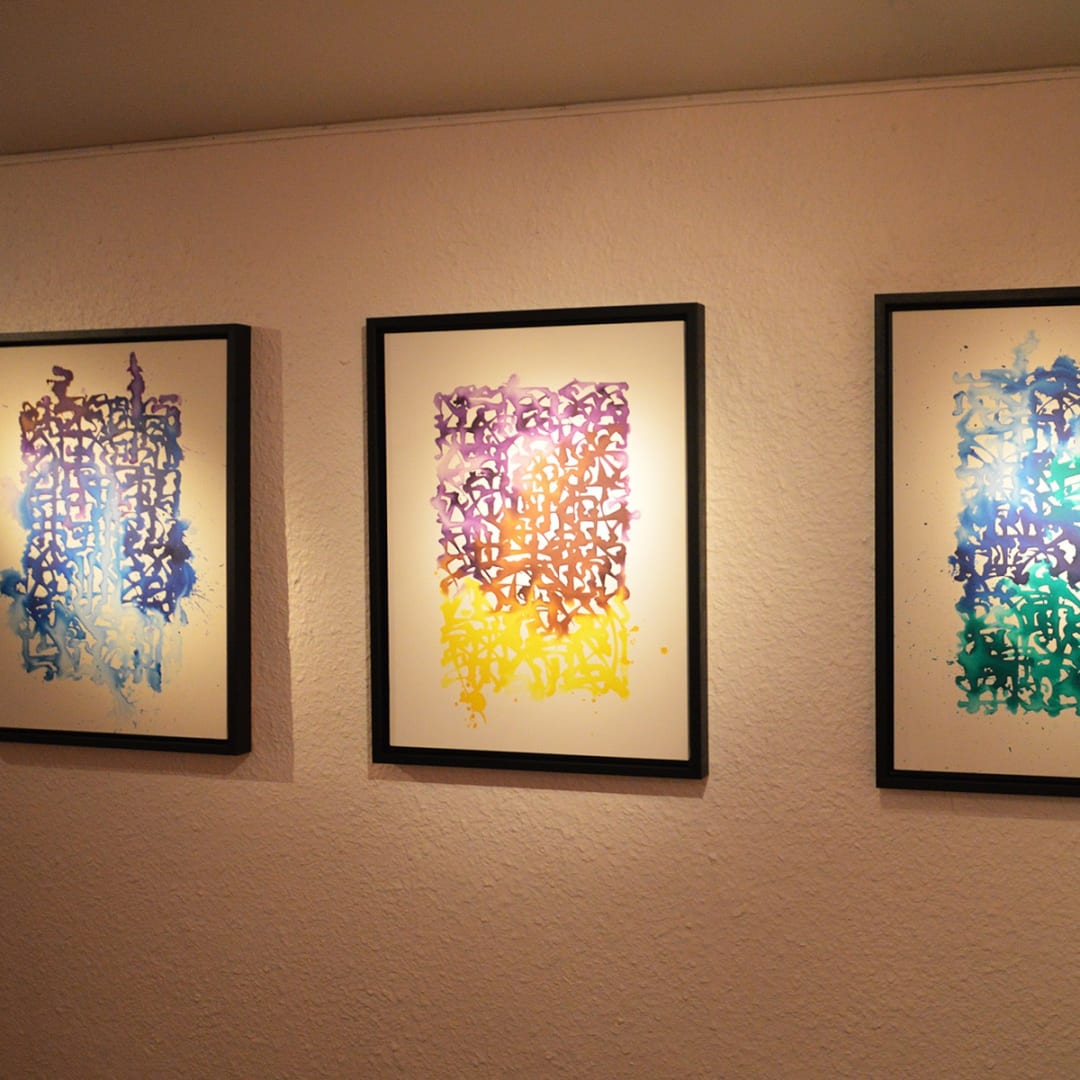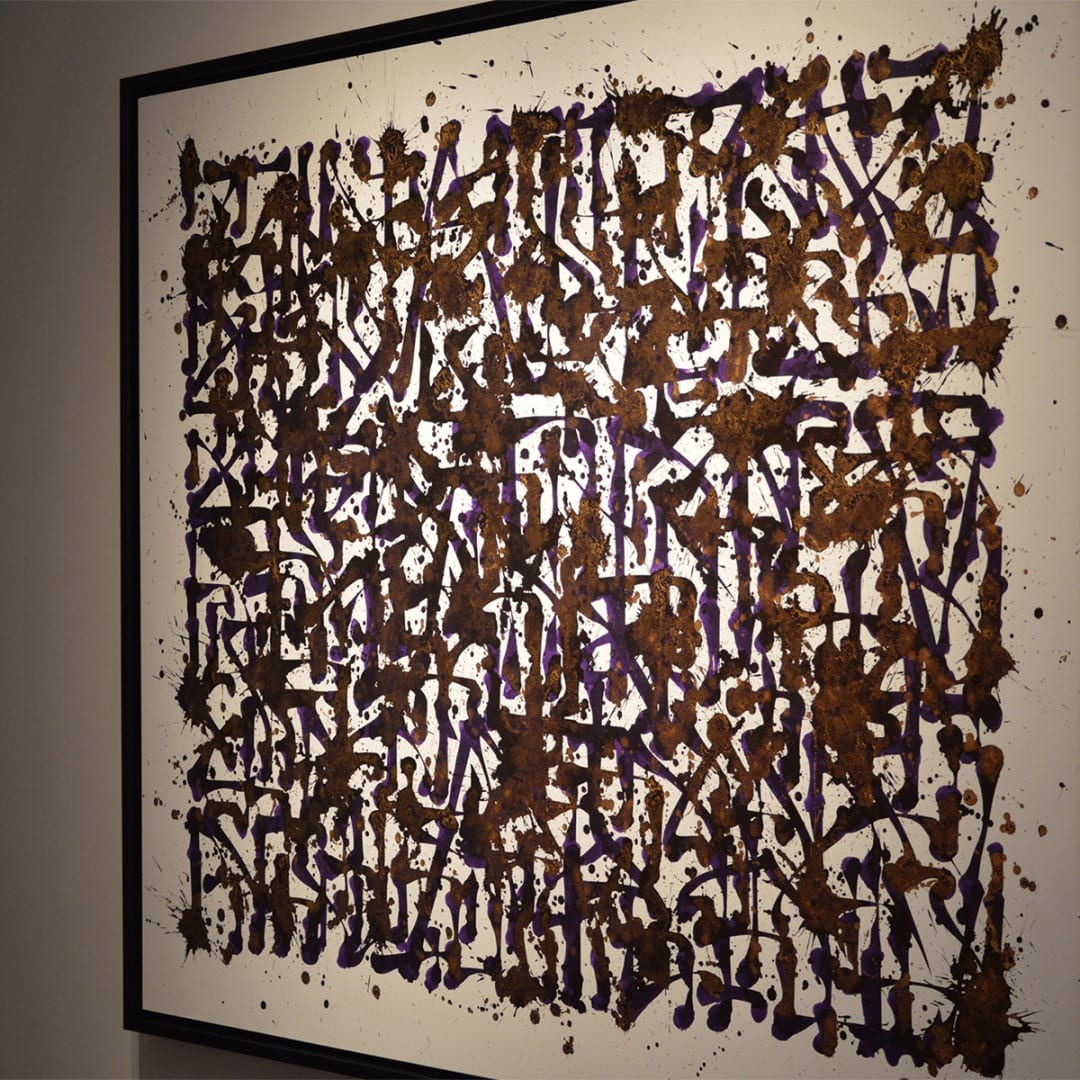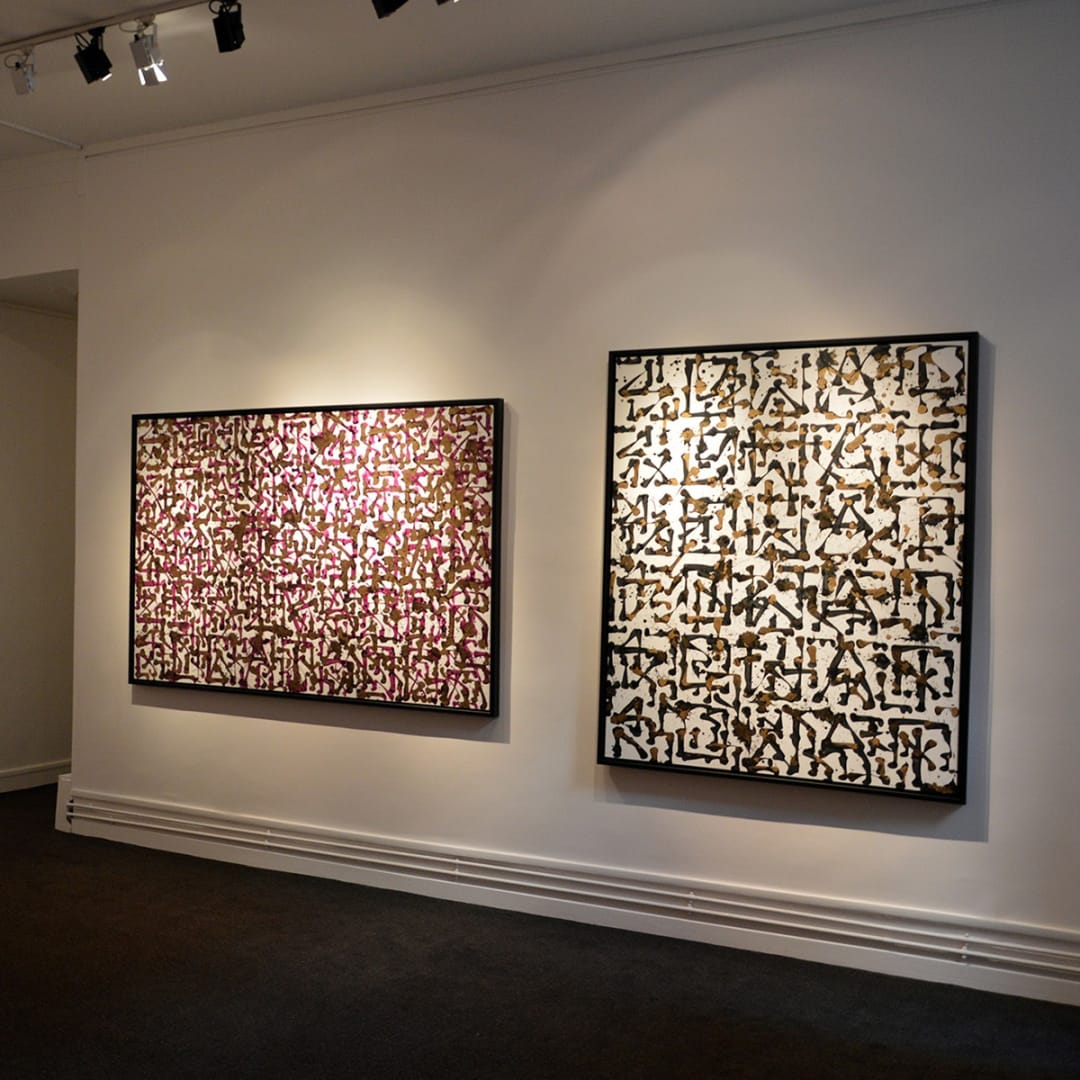→ Informations: info@lefeuvreroze.com
Sowat: Tempus Fugit
Catalogued solo exhibition
17 November - 17 December 2016
Between September 2015 and August 2016, Sowat & Lek are the first artists from the Graffiti scene to reside at the prestigious French Academy in Rome, the Villa Medici. This is a recofnition for this atypical duo whose career has taken them from the industrial wastelands of the Mausoleum to the air ducts of the Palais de Tokyo and the permanent collections of the Centre Pompidou.
It is also a new beginning fro them: the discovery of daily work in the studio, carried out by four people as well as two. During these twelve months spent on the Pincio hill and while sharing the incongruous comfort of Ingres' studio with Lek, Sowat took advantage of this Roman retreat and the time that was passing to produce a series of works that he is presenting today at the Galerie Le Feuvre. Thirty-nine canvases, large formats rigorously composed ans staged in the gardens of the Villa. Thirty-nine canvases, which continue his research on calligraphy, line, movement and gesture, inspired as much by the engraved marble slabs of the Roman codex as by cholo writing, the art of the Latin gangs of Los Angeles in his youth, confronting the primitive aspect of his painting with the stone and plaster of ancient statues.
What do we see on these canvases? First of all, a saturation of signs that leaves no pause or breath in the painting. The eye is lost in the labyrinth of writings, some distinct, others barely sketched or covered. The motif fades away, tending towards abstraction, but the line remains, with all the variations that the chemical reaction of Indian ink mixed with a fatty substance allows. Half sorcerer, half geometer.
Each work has a strong impact, as well as a repetitive effect. Since Kierkegaard, we know that this repetition is the movement by which we access the truth of time; on Sowat's canvases, the repetition of signs allows us to circumscribe space. It is a question here of speed, of the sensation of gliding, of continuity in the gesture, as in tagging, pushed towards its most ornamental dimension. The colours, all very frank, bring to the canvases the emotional charge, depending on the combinations chosen, or in a more direct way if it is a monochrome. Blood and light, blue and steel, purple and gold, coal and fire... Each work calls forth a universe, references, an invitation to dream, seeking to reactivate the ancient alchemical myth of the transformation of lead into something else.
The setting in the gardens and galleries of the Villa Medicis shows what these paintings owe to the environment, to these ghosts moulded in plaster, sometimes amputated or scalped, which stand in the smallest corners of the Palace and are its real residents. Sometimes the paintings play on contrast, sometimes they are part of landscape, extending a line or a colour. It is a way of reconsidering the value of these works, most of which were created in the shadow of the Italian Renaissance, by entering into dialogue with them, by highlighting the power and richness of artifice rather than naturalness, of the copy rather that the original; a way, therefore, of being contemporary in a world where, in Debord's words, "the true is a moment of the false". Contemporary artist.
Vincent Sarthou-Lajus. Text published as a preface to the "Tempus Fugit" catalogue
